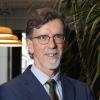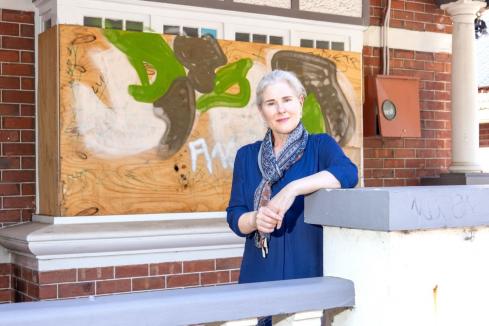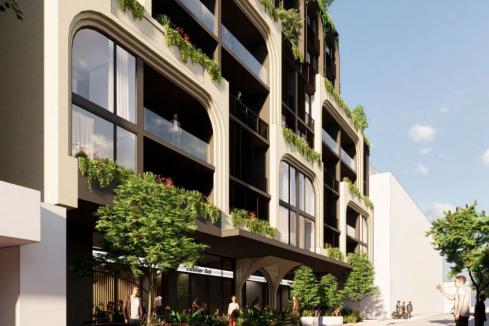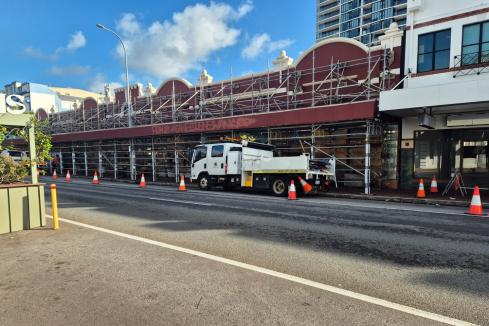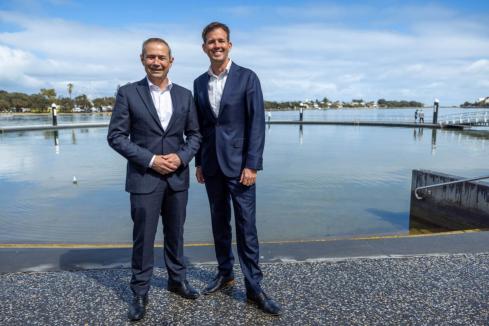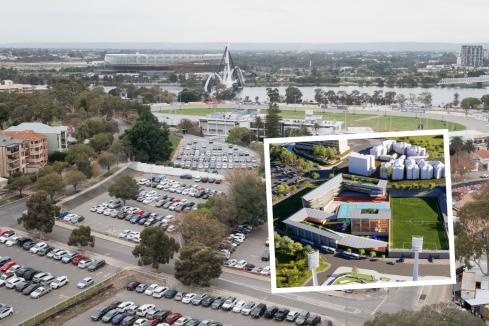Outer suburbs such as Alkimos, Baldivis and Ellenbrook are continuing to account for most of the growth in Perth’s population while inner suburbs like Mosman Park and Subiaco are shrinking, despite long-standing policies to boost urban infill.


Outer suburbs such as Alkimos, Baldivis and Ellenbrook are continuing to account for most of the growth in Perth’s population while inner suburbs like Mosman Park and Subiaco are shrinking, despite long-standing policies to boost urban infill.
The Australia Bureau of Statistics released data today showing the population of metropolitan Perth increased by 1.1 per cent, or 21,600 people, in 2017-18 to about 2.06 million.
The biggest contributors included the southern suburbs of Baldivis (up 2.240 people), Forrestdale (up 2,115) and Byford (up 1,306), while Ellenbrook added 2,076 peole.
In percentage terms, the fastest growth was in Alkimos-Eglinton, up 14.8 per cent, or 1,531 people.
The other top growth areas included Casuarina-Wandi (up 8.7 per cent), The Vines (7.4 per cent), Bertram-Wellard (7.1 per cent), Baldivis (6.2 per cent) and Two Rocks (6 per cent).
The only established area to achieve rapid growth was North Coogee, up 11.6 per cent, or 337 people.
This compared starkly with inner-city and long-estabslished local government areas, with Mosman Park decreasing in population by 0.7 per cent, Bayswater by 0.4 per cent, and Subiaco and South Perth both by 0.2 per cent.
The City of Canning also shrank by 0.2 per cent, while Melville shrank by 0.1 per cent.
The City of Perth grew by 1.8 per cent, with all the growth attributed to natural increase and overseas migration. Internal migration detracted from its population.
The data highlights the challenge facing governments in Western Australia, which have long proclaimed that Perth needs more urban infill.
The McGowan government has been pushing local government authorities to adopt town planning schemes that accommodate greater infill, but has been met with stern resistance, particularly from the City of Subiaco and the City of Nedlands.
It is also promoting higher density development around public transport nodes, similar to the Barnett government’s policy of transit-oriented development.
The statistics for Perth as a whole showed a similar pattern to the City of Perth.
They showed that, in 2017-18, 5,800 people left for other regions and states, while natural increase added 16,000 people and 11,400 people moved to Perth from overseas.
Outside of the Perth metropolitan area, Australind-Leschenault (north of Bunbury) had the largest population increase with 520 people and Margaret River grew the fastest at 3.2 per cent.
The number of people living in WA outside of Perth fell by 580 people or 0.1 per cent to 535,700.
Nationally, 79 per cent of growth occurred in capital cities.
The population in capital cities increased by 1.9 per cent and the number of people living outside capital cities increased by 1 per cent.
The data released today comes one week after the ABS released its quarterly population data for each state.
That showed that in the year to September 2018, WA’s population grew by 0.88 per cent, or around 22,600 people, to sit at 2.6 million.
Over the same period, Australia’s population grew by 1.6 per cent, an increase of 395,100, to reach 25.1 million.


